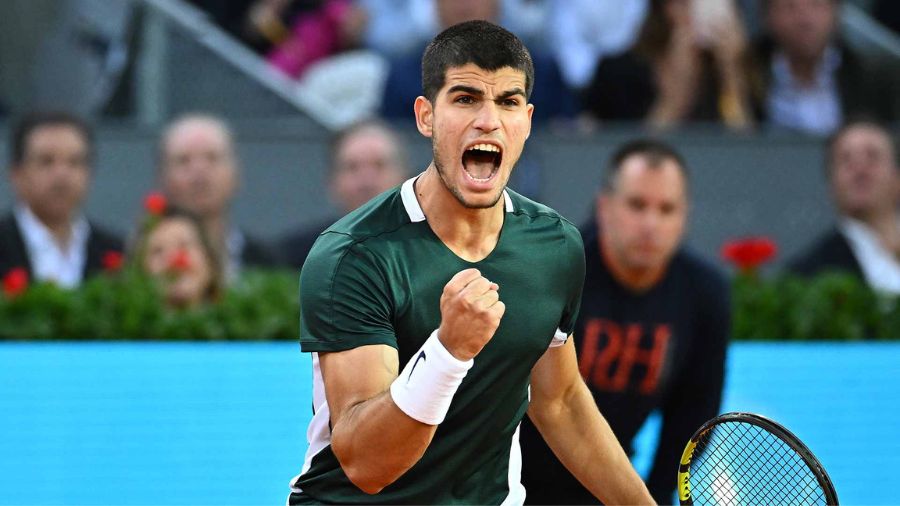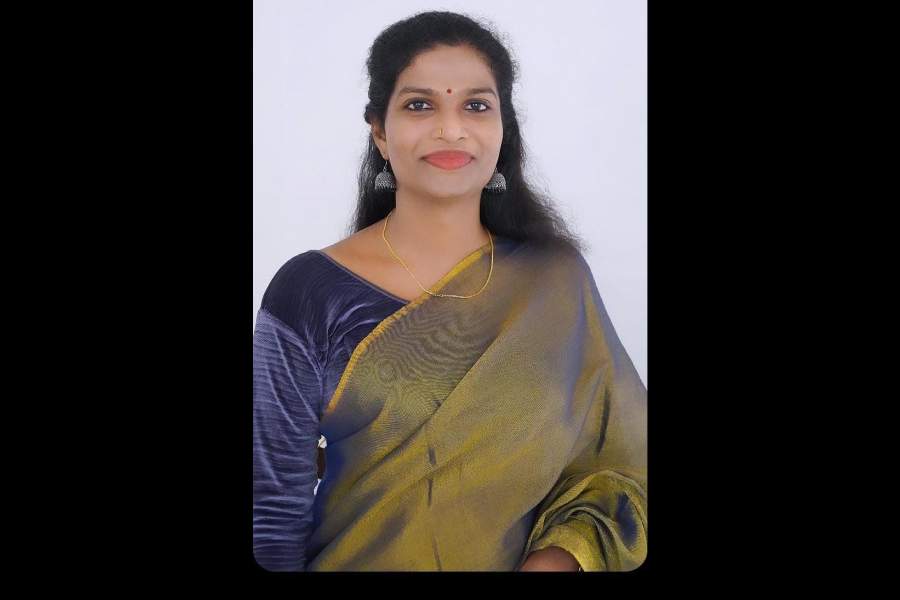In December, when I visited Carlos Alcaraz and his coach, Juan Carlos Ferrero, at the academy where they are based in the stark countryside of Villena, Spain, both calmly and reasonably explained that the goal for 2022 was to break into the top 15. So much for calm and reason. On Sunday, Alcaraz became a grand slam champion by winning the men’s singles title at the US Open and, at 19, the youngest No. 1 player since the ATP rankings were created nearly 50 years ago.
In December, Alcaraz trained on a hardcourt with Ferrero near the back of the academy grounds with just a few people observing as they picked up their own balls amid the peace and quiet. So much for peace and quiet.
Sunday’s 6-4, 2-6, 7-6 (7- 1), 6-3 victory over Casper Ruud of Norway was secured in a sold-out Arthur Ashe Stadium with the roars of nearly 24,000 fans rumbling off the closed retractable roof as Alcaraz lunged and leaped straight into the winner’s circle and the collective consciousness. To be honest, a star was already born.
Alcaraz ticked that big box quite some time ago when he upset the likes of Novak Djokovic and Rafael Nadal this season on his acrobatic, gravity-defying way to trophies on tour and early acclaim. He sensed after winning the Miami Open final over Ruud in early April that grand slam titles were within his reach. But no matter how clear the potential and how dynamic the game, you never truly know what a tennis player is capable of until they have to fight for the biggest points on the biggest occasions. Sunday was one of those moments, and now he and we know for certain that Alcaraz is the mega-talent that men’s tennis was anxiously hoping would surface with the Big Three — Nadal, Djokovic and Roger Federer — riding toward the fading light.
“It’s crazy for me,” he said on Sunday night. “I never thought I was going to achieve something like this at 19 years old. Everything came so fast.” Pete Sampras was also 19 when he rode his supreme serve and running forehand to win the 1990 US Open men’s singles title.
Nadal, Alcaraz’s fellow Spaniard, was 19, too, when he arrived at his first French Open in 2005 and ran the table against his elders without even being pushed to a fifth set. Alcaraz now belongs in the same paragraph even if he never made it look remotely that easy in New York. He had to save a match point against Jannik Sinner of Italy in the quarter finals.
That was part of him winning three five-set matches in a row that finished near midnight or well after. And all that was just to reach the final, where a letdown would have been entirely understandable. But Alcaraz was having none of it, even if there were some moments in the second and third sets where his energy levels seemed to dip. But as champions do, he found a way, and as not all champions do, he did so by attacking when threatened rather than playing the waiting game.
Sunday’s final and this US Open as a whole sent a clear message: men’s tennis will have a strong heartbeat long after its long-running icons are gone. This was appointment viewing, too, a day when two hungry young men were chasing their first major title and the No. 1 ranking at the same time. Alcaraz, down to earth off the court, is a human highlight reel with a racket in hand: ideally suited to a social-media age where bite-size brilliance is the coin of the realm.
But Ruud, less obviously charismatic, showed plenty of panache himself. He also showed welcome and remarkable sportsmanship, calling a double bounce on himself in the second set that the chair umpire had missed, thereby awarding the point to Alcaraz, who clearly appreciated the gesture. It was a final played in that sort of Corinthian spirit despite all that was at stake.
(New York Times News Service)











